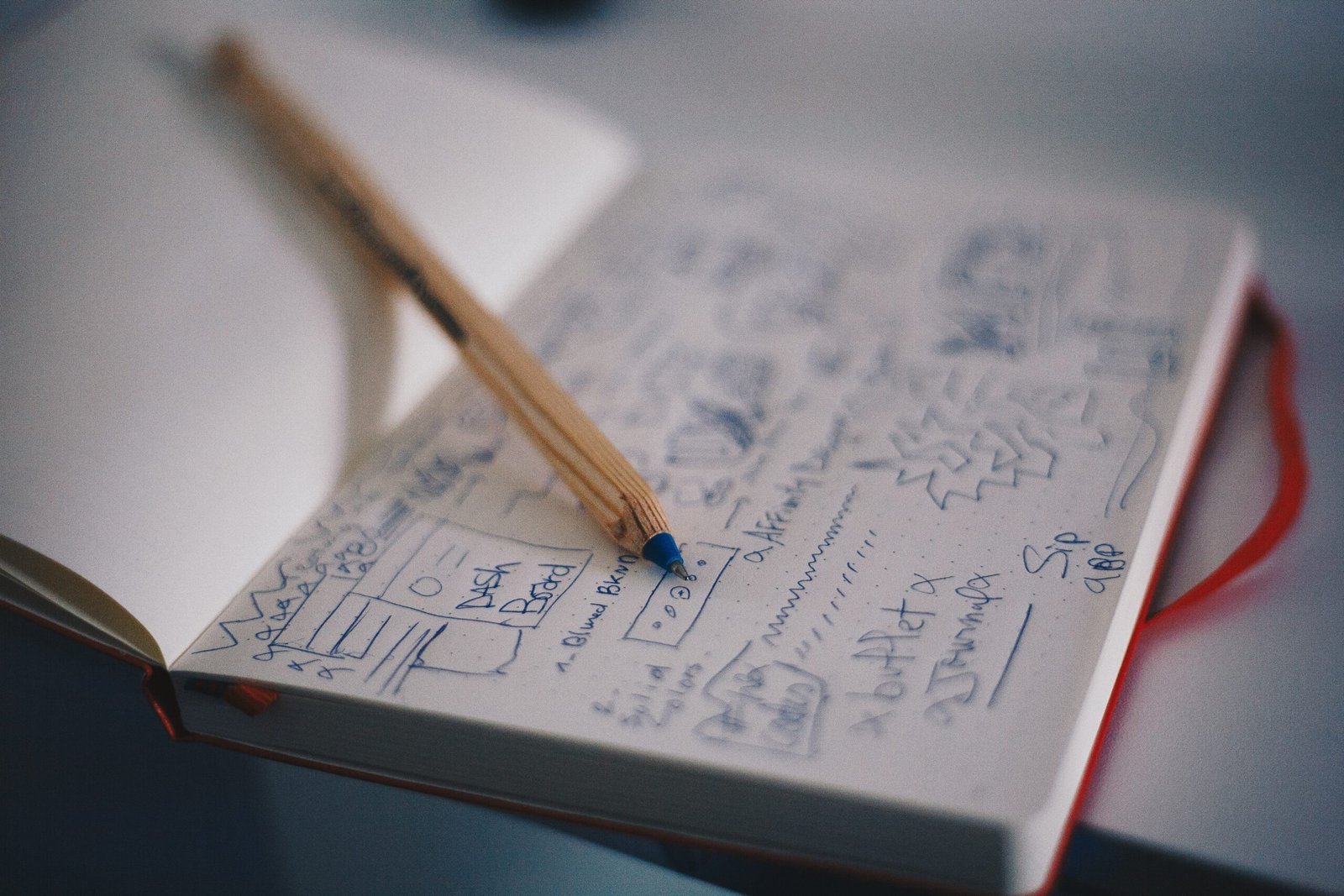 Introduction:
Introduction:
Design is an integral part of our everyday lives, shaping the world around us in numerous ways. From the layout of our homes to the user interfaces of our favorite apps, design plays a crucial role in enhancing functionality, aesthetics, and overall user experience. In this article, we will explore various aspects of design, including current trends, best practices, and creative insights. By delving into visual design principles, user experience considerations, sustainability in design, and the impact of design in different industries, we hope to inspire readers and help them understand the significance of effective design in their everyday lives.
Visual Design Principles:
Visual design is the art of arranging elements in a way that is visually appealing and communicates effectively. It encompasses aspects such as color theory, typography, layout, and composition. By understanding and applying these principles, designers can create visually stunning and engaging designs. For example, the use of complementary colors can create a harmonious and balanced visual experience, while the choice of typography can evoke different emotions and convey the brand’s personality.
User Experience Considerations:
Design is not just about aesthetics; it is also about creating a seamless and enjoyable user experience. User experience (UX) design focuses on understanding the needs and expectations of users and designing products or services that meet those needs. This involves conducting user research, creating user personas, and designing intuitive interfaces. By prioritizing usability and accessibility, designers can ensure that their creations are user-friendly and inclusive, ultimately enhancing user satisfaction.
Sustainability in Design:
In today’s world, sustainability is a key consideration in design. Designers have a responsibility to minimize the environmental impact of their creations by using eco-friendly materials, reducing waste, and considering the lifecycle of products. Sustainable design not only benefits the planet but also creates opportunities for innovative and cost-effective solutions. For instance, designing products with recyclable materials or incorporating renewable energy sources can contribute to a greener future.
The Impact of Design in Different Industries:
Design has a far-reaching impact across various industries, influencing consumer behavior, brand perception, and business success. In the fashion industry, for example, design plays a crucial role in creating unique and desirable products that resonate with consumers. In the technology sector, intuitive and visually appealing interfaces are key to user adoption and engagement. Even in healthcare, design can improve patient experiences by creating calming and efficient environments. By understanding the specific needs and constraints of different industries, designers can make a significant impact in their respective fields.
Practical Examples and Case Studies:
To illustrate the practical application of design principles, let’s consider a few examples. Apple’s sleek and minimalist product designs have become iconic, setting a benchmark for aesthetics and usability in the technology industry. The redesign of Airbnb’s website and app focused on creating a seamless user experience, resulting in increased bookings and customer satisfaction. The sustainable packaging design of Patagonia’s outdoor clothing not only reduces waste but also aligns with their brand values, resonating with environmentally conscious consumers.
Key Takeaways:
Design is a powerful tool that influences our daily lives in more ways than we realize. By understanding and applying visual design principles, considering user experience, embracing sustainability, and recognizing the impact of design in different industries, we can create meaningful and impactful designs. Whether you are a professional designer or someone who appreciates good design, remember that design has the potential to shape our world, improve experiences, and make a positive difference.
Conclusion:
Design is not just about aesthetics; it is about creating functional, user-centered, and sustainable solutions. By embracing design principles, considering user experience, and recognizing the impact of design in various industries, we can navigate our environments with aesthetics and improve the world around us. So, the next time you appreciate a beautifully designed product or experience, remember the thought, creativity, and expertise that went into making it possible. Design truly is a powerful force that shapes our lives.